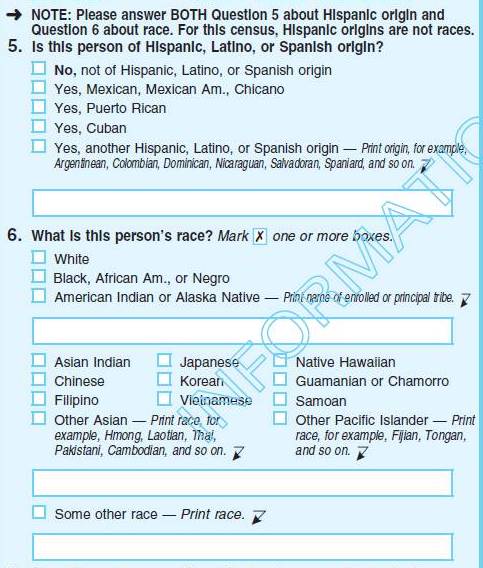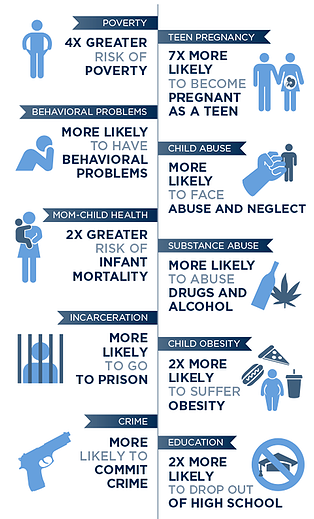race, a socially constructed category of people based on real or perceived physical differences.
 \\\\\\\\\\\\\\\\\\\\\\\\\\\\\\\\\\\\\\\\\\\\\\\\\\\\\\\\\\\\\\\\\\\\\\\\\\\\\\\\\\\\\\\\\\\\\\\\\\\\\\\\\\\\\\\\\\\\\\\\\\\\\\\\\\\\\\\\\\\\\\\\\\\\\\\\\\\\\\\\\\\\\\\\\\\\\\\\\\\\\\\\\\\\\\\\\\\\\\\\\\\\\\\\\\\\\\\\\\\\\\\\\\\\\\\\\\\\\\\\\\\\\\\\\\\\\\\\Ethnicity, social and cultural characteristics that set apart one group of people from another,
\\\\\\\\\\\\\\\\\\\\\\\\\\\\\\\\\\\\\\\\\\\\\\\\\\\\\\\\\\\\\\\\\\\\\\\\\\\\\\\\\\\\\\\\\\\\\\\\\\\\\\\\\\\\\\\\\\\\\\\\\\\\\\\\\\\\\\\\\\\\\\\\\\\\\\\\\\\\\\\\\\\\\\\\\\\\\\\\\\\\\\\\\\\\\\\\\\\\\\\\\\\\\\\\\\\\\\\\\\\\\\\\\\\\\\\\\\\\\\\\\\\\\\\\\\\\\\\\Ethnicity, social and cultural characteristics that set apart one group of people from another,
origin, the heritage, nationality group, lineage, or country of birth of the person or their ancestors before their arrival in the United States.
stereotypes, generalized opinions, and impressions of individuals, groups, or social classes
cultural appropriation, when members of a majority group adopt cultural elements of a minority group in stereotypical, exploitative, or disrespectful ways,
stereotype threat, a concern experienced when one feels at risk of confirming the inferiority or negative characteristics of one’s group
Racial prejudice, a preconceived judgment or opinion of other people and races that leads to preferring one kind of person over another
discrimination, unfair or differential treatment of individuals and groups
redlining, the practice of arbitrarily denying, limiting, or charging more for financial services, insurance, or access to healthcare to specific neighborhoods, based on racial and economic issues.
microaggressions, words, and deeds that negatively impact marginalized individuals, groups, or communities.
Racism, the belief that one race is superior to others resulting in unequal or demoralizing treatment of other races

institutional racism, societal patterns that produce negative treatment against groups of people based on their race.
racial colorblindness, the idea that ignoring or overlooking racial and ethnic differences promotes racial harmony

segregation, the separation of groups based on differences such as ethnicity, gender, race, social class or religion (HP), desegregation, the elimination of the policy of segregation by legal and social means, and affirmative action, policies designed to promote educational and job opportunities for minorities and women, in higher education. The American school system has been legally desegregated since the 1954 Supreme Court ruling of Brown v. Board of Education, but de facto segregation, segregation that happens “by fact,” rather than a requirement,
model (or ideal) minority group, an ethnic group that is more academically, economically, and socially successful than other racial minority groups,
internal colonialism, the exploitation of a society’s minority group by its dominant group
apartheid, policies, regulations, and laws implemented by a government to keep racial and ethnic groups separate
Population transfer (HP), the involuntary relocation of a minority group by a dominant group,
indirect population transfer, when the minority group population chooses to leave a location.
direct population transfer, when the dominant group makes a minority group population leave a location by force.
genocide, the systematic killing of one group based on differences in race, ethnicity, religion, etc.
hate crime, criminal behavior directed at individuals or groups based on race, ethnicity, disability, gender identity, sexual orientation, or religion
implicit bias, unconsciously held attitudes, beliefs, and stereotypes about others.
glass ceiling, social and legal barriers designed to prevent minorities and women from advancing in the workplace

split-labor market, a byproduct of the capitalist system that splits workers along racial and ethnic lines to weaken worker solidarity.
amalgamation, the creation of a new group due to the combination of a minority and a majority group.
